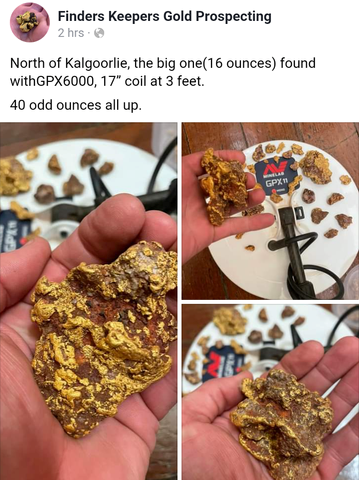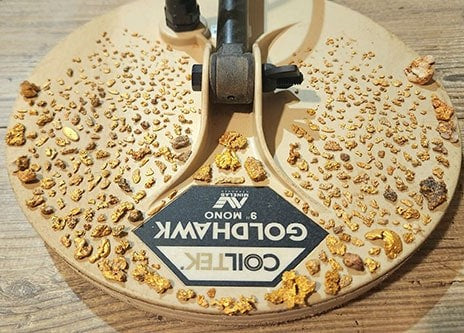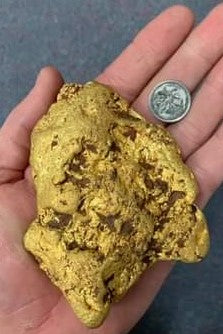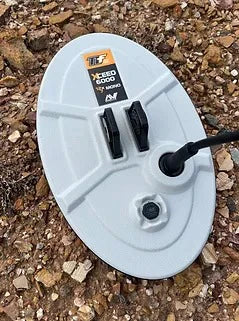News

Some Awesome Aussie GPX 6000 Finds
* Some Awesome Aussie GPX 6000 Finds *
(Updated in Nov. 2024)
The Minelab GPX 6000 Pulse-Induction detector has now been available in Australia for...

WHERE can I go detecting gold in Queensland ?
WHERE CAN I GO DETECTING GOLD IN QUEENSLAND ?
(Updated June 2024)
Now that’s a great question ! …. that we often get asked by customers/v...

Aussie-made Coiltek GOLDHAWK coils
Aussie-made Coiltek GOLDHAWK coils
The Minelab GPX 6000 detector has now been available for nearly 2 years. Many prospectors throughout Australi...

Minelab GPZ 7000 - a Deep Gold Getter
Minelab GPZ 7000 - a Deep Gold GetterThe Minelab GPZ 7000 detector was released about 8 years ago in 2015. Costing nearly ten grand, this Minelab...

Tips for Gold Hunting in Western Australia - Part 3
TIPS FOR GOLD HUNTING IN WESTERN AUSTRALIA – Part 3DETECTING TECHNIQUESGold Detecting Tips:1. Upon commencing detecting each day, consid...

Tips for Gold Hunting in Western Australia - Part 2
TIPS FOR GOLD HUNTING IN WESTERN AUSTRALIA – Part 2 of 3
To prospect safely alone in W.A., particularly when I was solo free ranging (i.e. ...

Tips for Gold Hunting in Western Australia - Part 1
TIPS FOR GOLD HUNTING IN WESTERN AUSTRALIA – Part 1 of 3MINER’s RIGHTSo, you spent thousands of buck$ on all your prospecting gear, including you...

New Coils for the GPX 6000
New Coils for the GPX 6000
The Minelab GPX 6000 detector kit ($7,999) includes the Minelab 11” round Monoloop coil (GPX11 coil) and also the Minela...
